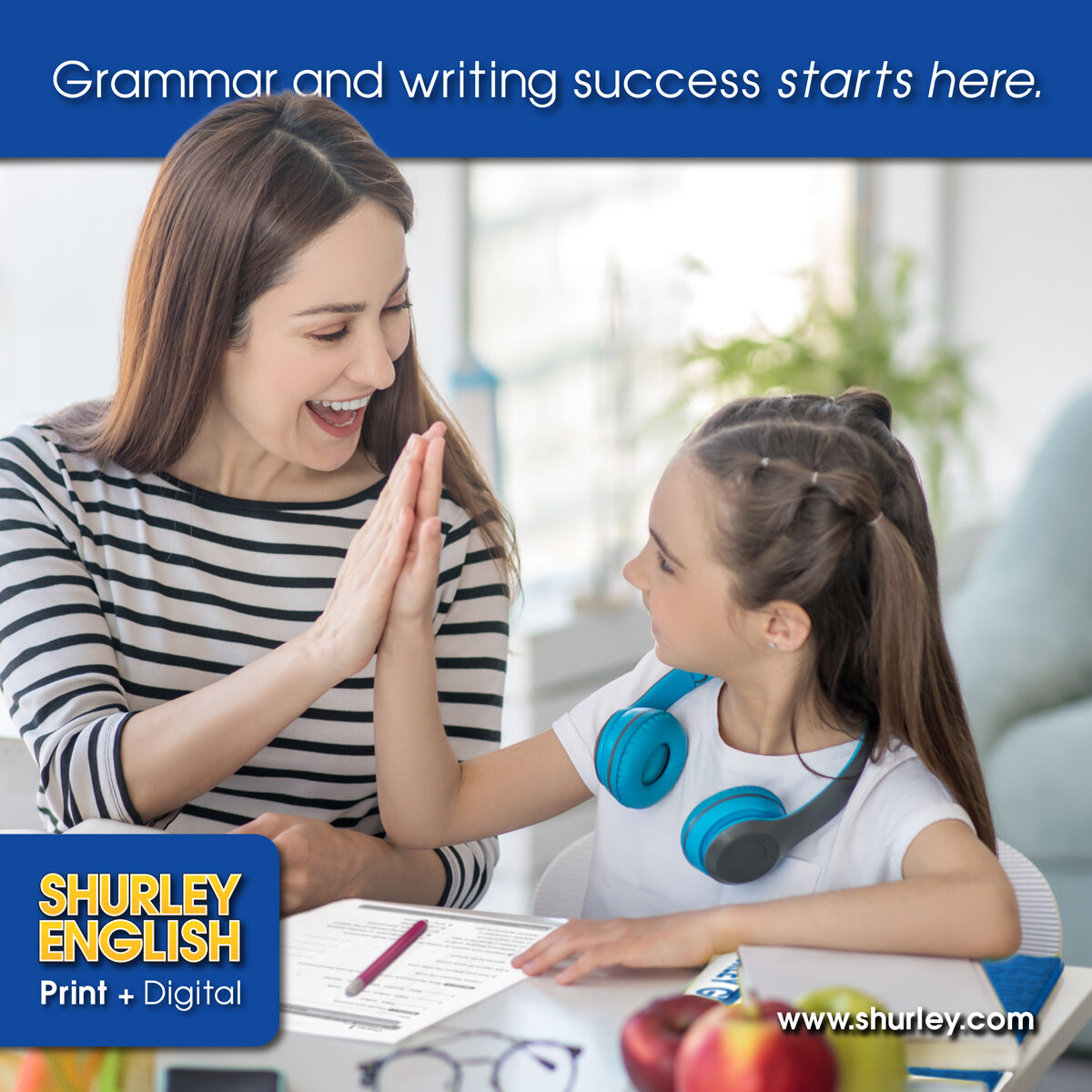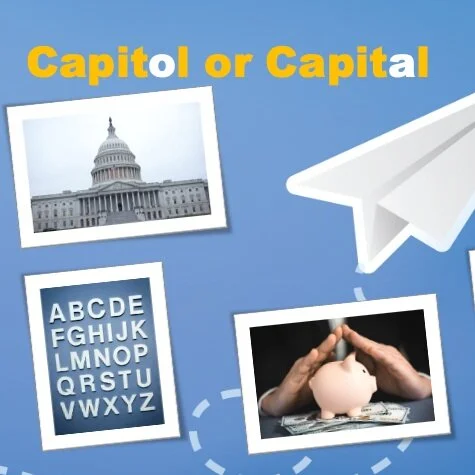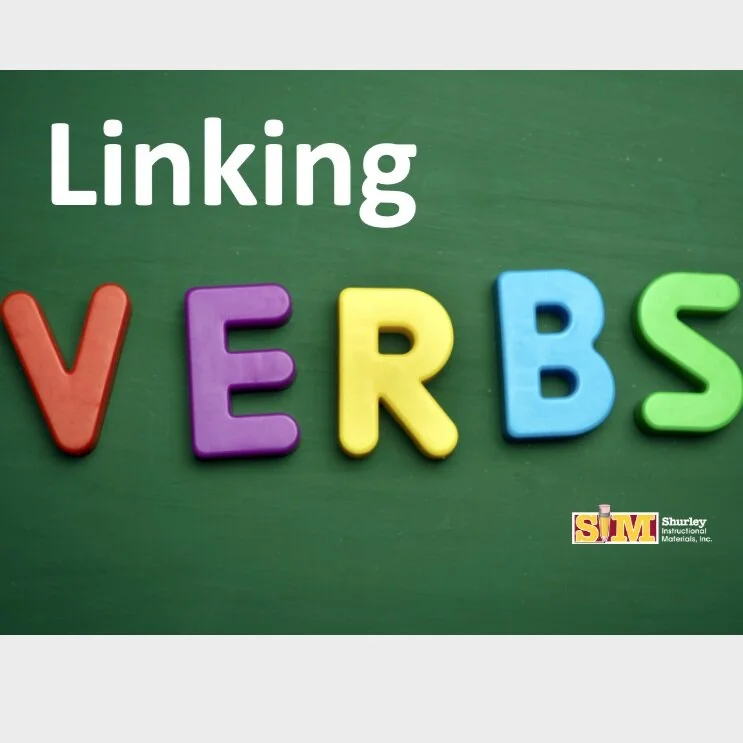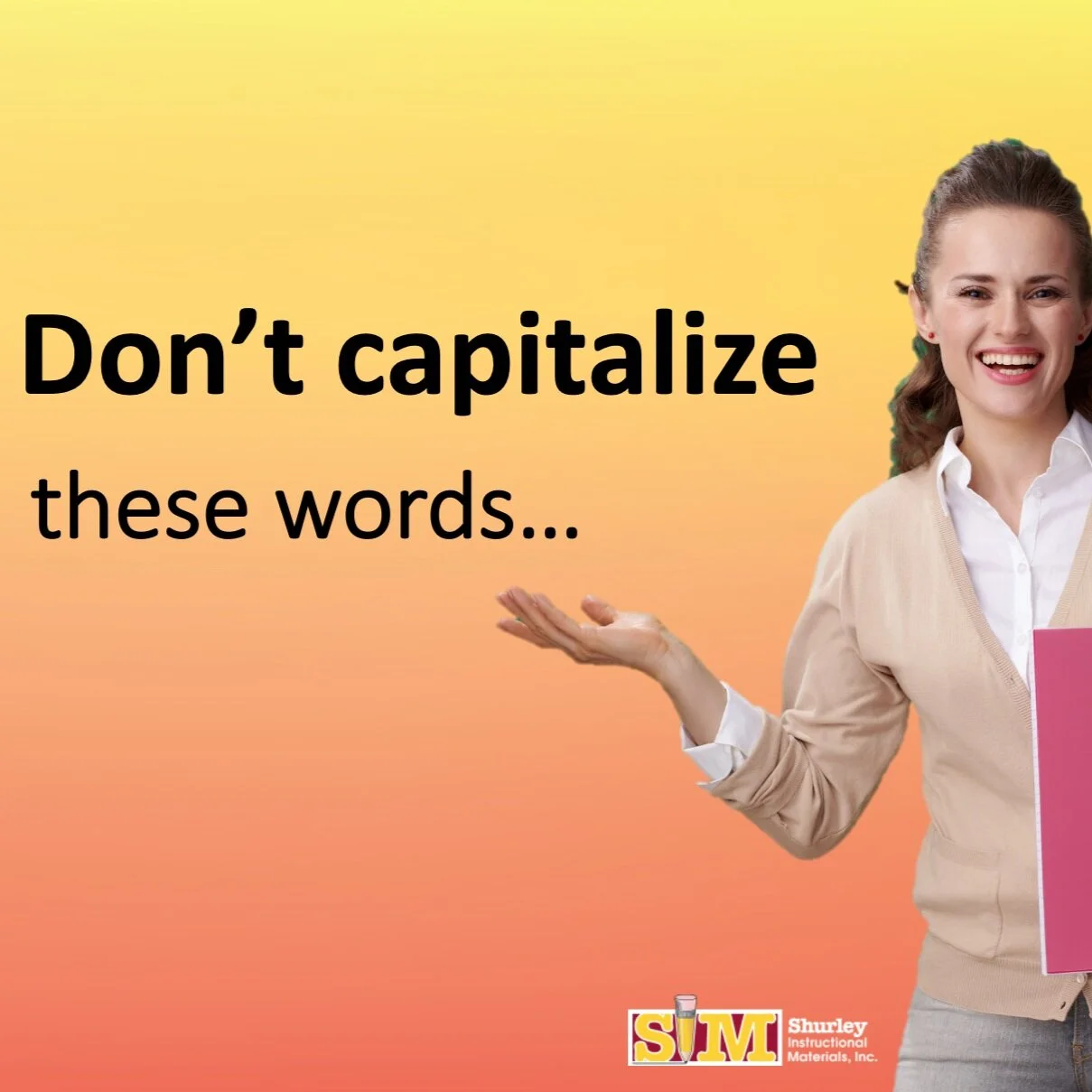Micro-comprehension: Comprehension Monitoring
/In this series of blogs about micro-comprehension, I have presented strategies that boost micro-comprehension: vocabulary words, gap-filling inference, sentence structure processing, figurative language processing, and applying text structure.
When you teach students how to slow down their own thinking— to become aware of what they are thinking about while reading, you are teaching them
Read More








































































































